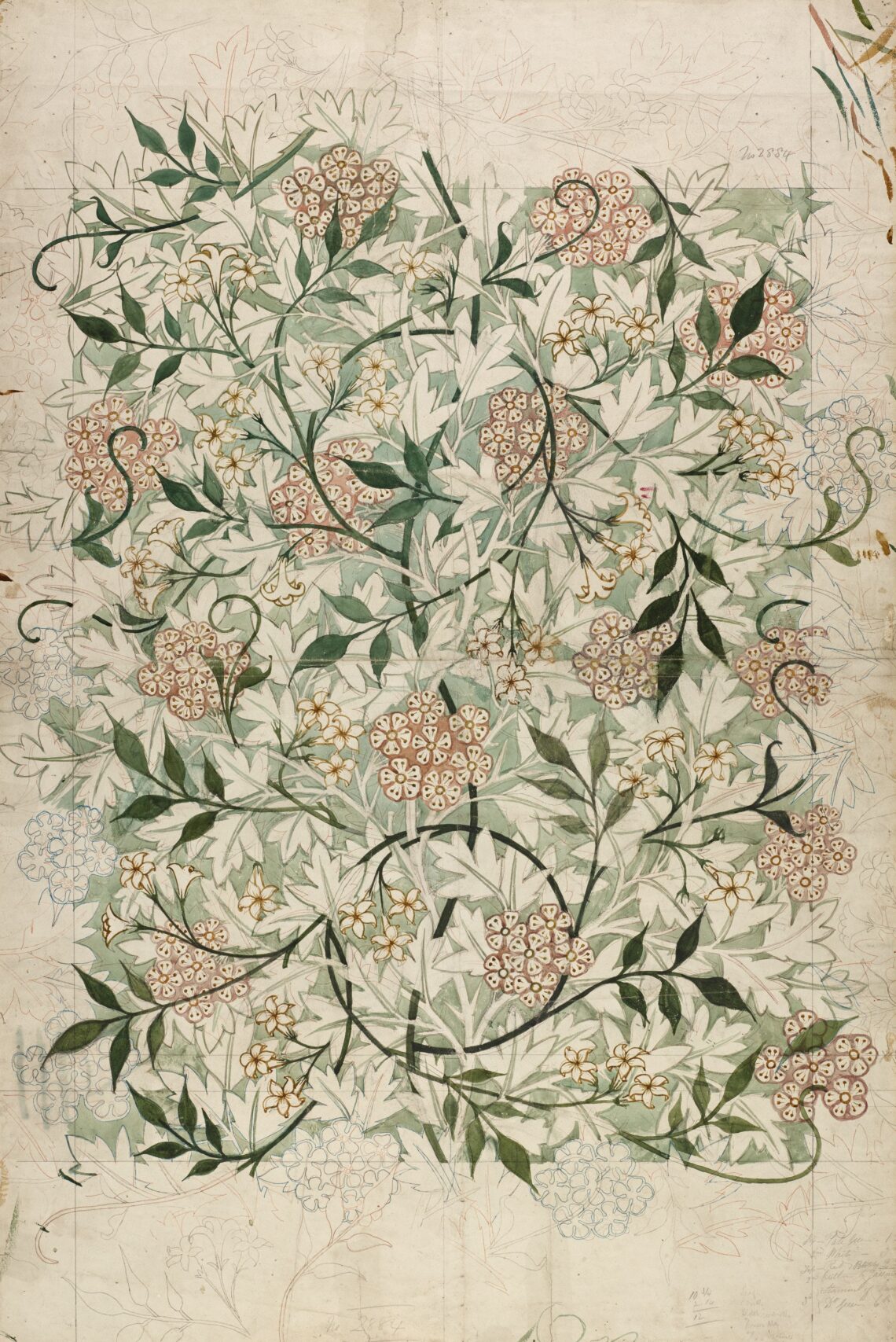Tapping into Creativity with Art Therapy
Art therapy is a form of psychotherapy that uses art media as its primary mode of expression and communication. It is based on the belief that the creative process of making art is healing and life-enhancing, and can be used to help people explore their feelings, reconcile emotional conflicts, foster self-awareness, manage behavior and addictions, develop social skills, improve reality orientation, reduce anxiety, and increase self-esteem. Art therapy is often used to help people who are struggling with mental health issues, such as depression, anxiety, trauma, and addiction.
The creative process of art therapy involves the use of various art media, such as drawing, painting, sculpting, and collage. Through the creative process, people can express their emotions and feelings in a safe and non-judgmental environment. Art therapists use a variety of techniques to help clients explore their feelings and develop a deeper understanding of themselves. They may use guided imagery, role-playing, and art-making activities to help clients explore their emotions and express themselves.
Art therapy can be used to help people of all ages, from children to adults. It can be used to help people with physical, emotional, and mental health issues. Art therapy can help people to develop self-awareness, self-esteem, and coping skills. It can also help people to express their feelings and thoughts in a safe and creative way.
Art therapy can be used to help people with a variety of issues, including depression, anxiety, trauma, addiction, grief, and stress. It can also be used to help people with physical disabilities, such as those with cerebral palsy or autism. Art therapy can be used to help people who are struggling with emotional issues, such as low self-esteem, anger, or relationship problems.
Art therapy can help people to explore their feelings and develop a deeper understanding of themselves. It can also help people to develop problem-solving skills, increase self-esteem, and develop better communication skills. Art therapy can help people to express their feelings in a safe and creative way.
One of the most important aspects of art therapy is the relationship between the therapist and the client. The therapist should be supportive and understanding, and should create a safe and non-judgmental environment. The therapist should also be able to help the client explore their feelings and develop a deeper understanding of themselves.
The creative process of art therapy can be used to help people explore their feelings and develop a deeper understanding of themselves. It can also help people to develop problem-solving skills, increase self-esteem, and develop better communication skills. Art therapy can be used to help people with a variety of issues, including depression, anxiety, trauma, addiction, grief, and stress.
If you are interested in learning more about art therapy, there are many resources available. The American Art Therapy Association (https://arttherapy.org/) provides information about art therapy, including information about how to find a qualified art therapist. The American Psychological Association (https://www.apa.org/) also provides information about art therapy, including information about the benefits of art therapy and how to find a qualified art therapist. The American Counseling Association (https://www.counseling.org/) also provides information about art therapy, including information about the benefits of art therapy and how to find a qualified art therapist.
Art therapy can be a powerful tool for helping people to explore their feelings and develop a deeper understanding of themselves. It can help people to develop problem-solving skills, increase self-esteem, and develop better communication skills. Art therapy can be used to help people with a variety of issues, including depression, anxiety, trauma, addiction, grief, and stress. If you are interested in learning more about art therapy, there are many resources available.
If you are considering art therapy, it is important to find a qualified art therapist. It is important to find a therapist who is experienced in art therapy and who is a good fit for you. You can find a qualified art therapist by asking for referrals from friends and family, or by searching online for art therapists in your area. You can also contact your local mental health clinic or hospital for referrals.
It is also important to remember that art therapy is not a substitute for professional mental health treatment. If you are struggling with mental health issues, it is important to seek professional help. Art therapy can be a powerful tool for helping people to explore their feelings and develop a deeper understanding of themselves, but it should not be used as a substitute for professional mental health treatment.
If you are considering art therapy, it is important to find a qualified art therapist. It is also important to remember that art therapy is not a substitute for professional mental health treatment. If you are struggling with mental health issues, it is important to seek professional help. Art therapy can be a powerful tool for helping people to explore their feelings and develop a deeper understanding of themselves, and it can be a valuable tool for helping people to manage their mental health issues.
For more information about art therapy, you can visit the American Art Therapy Association (https://arttherapy.org/), the American Psychological Association (https://www.apa.org/), or the American Counseling Association (https://www.counseling.org/). You can also contact your local mental health clinic or hospital for referrals.
Art therapy can be a powerful tool for helping people to explore their feelings and develop a deeper understanding of themselves. It can help people to develop problem-solving skills, increase self-esteem, and develop better communication skills. Art therapy can be used to help people with a variety of issues, including depression, anxiety, trauma, addiction, grief, and stress. If you are interested in learning more about art therapy, there are many resources available.





